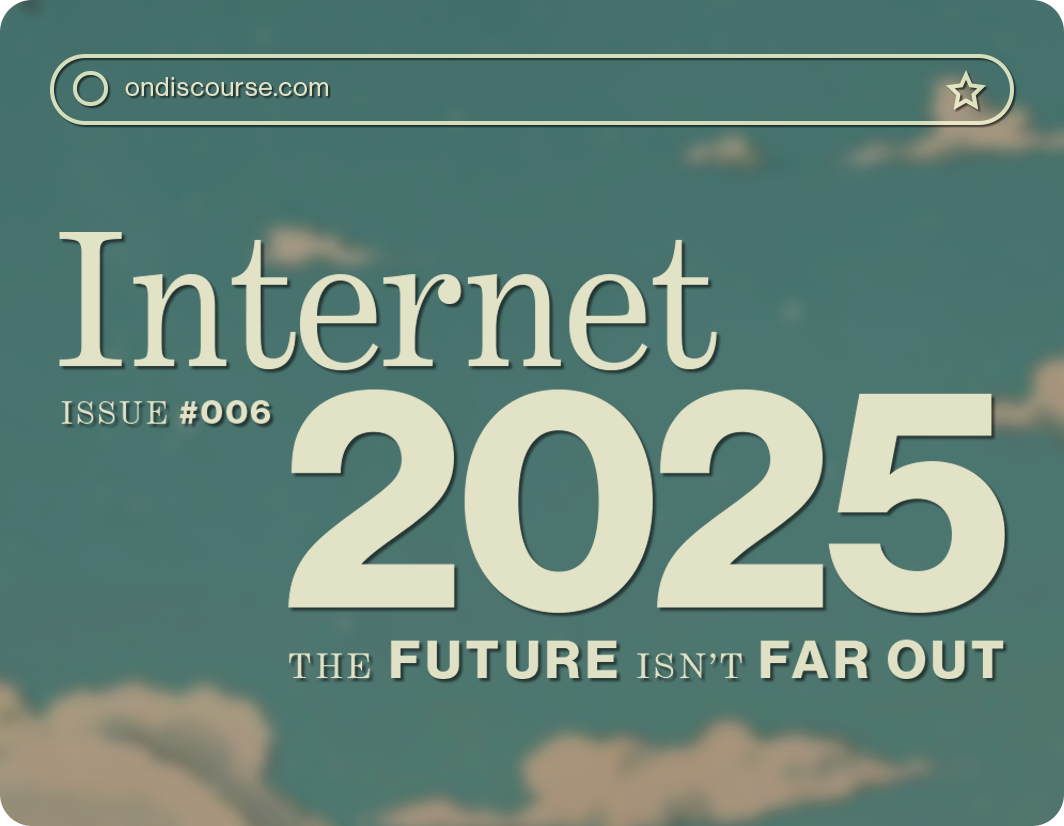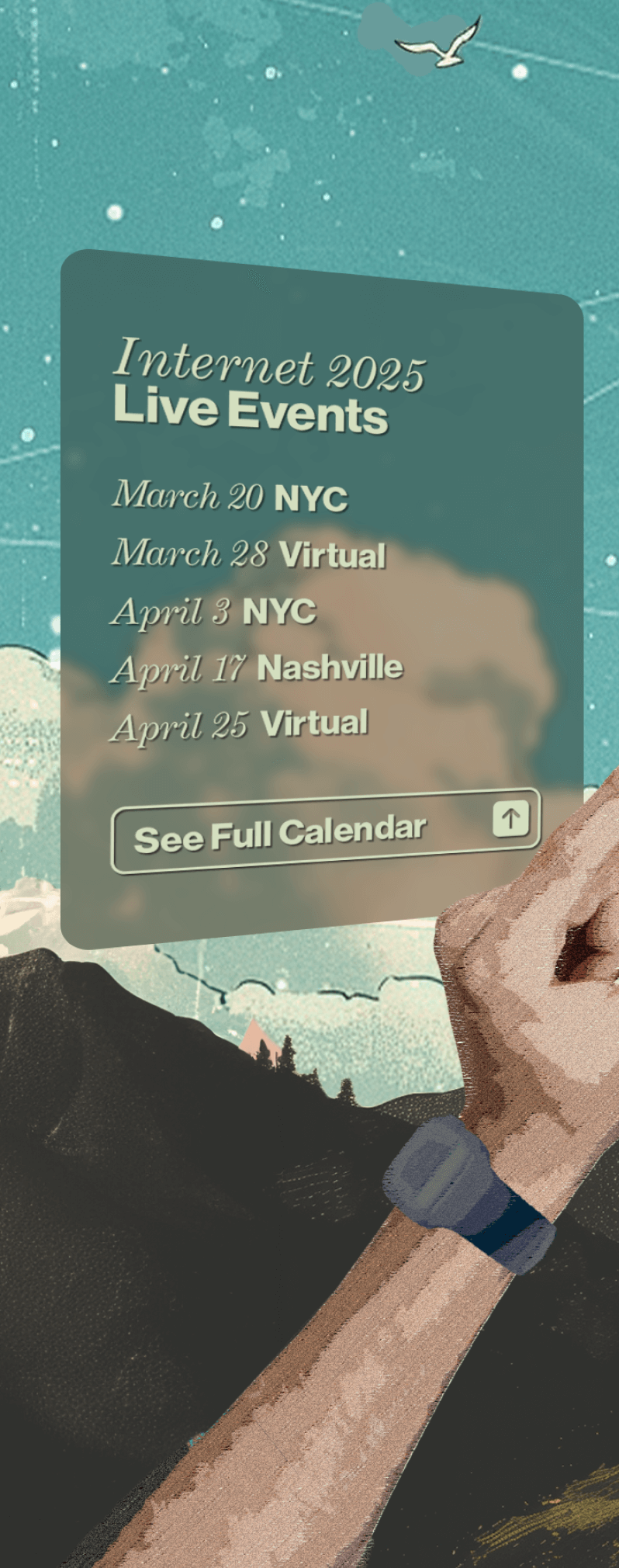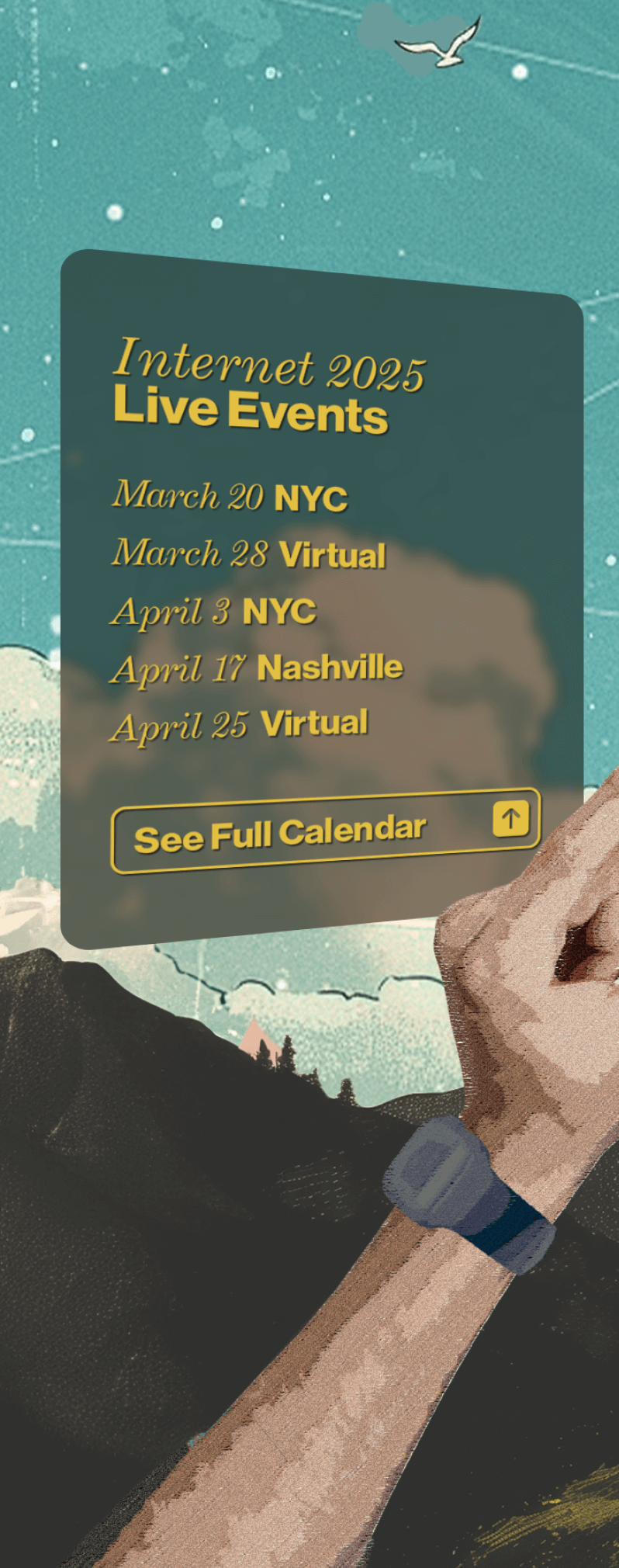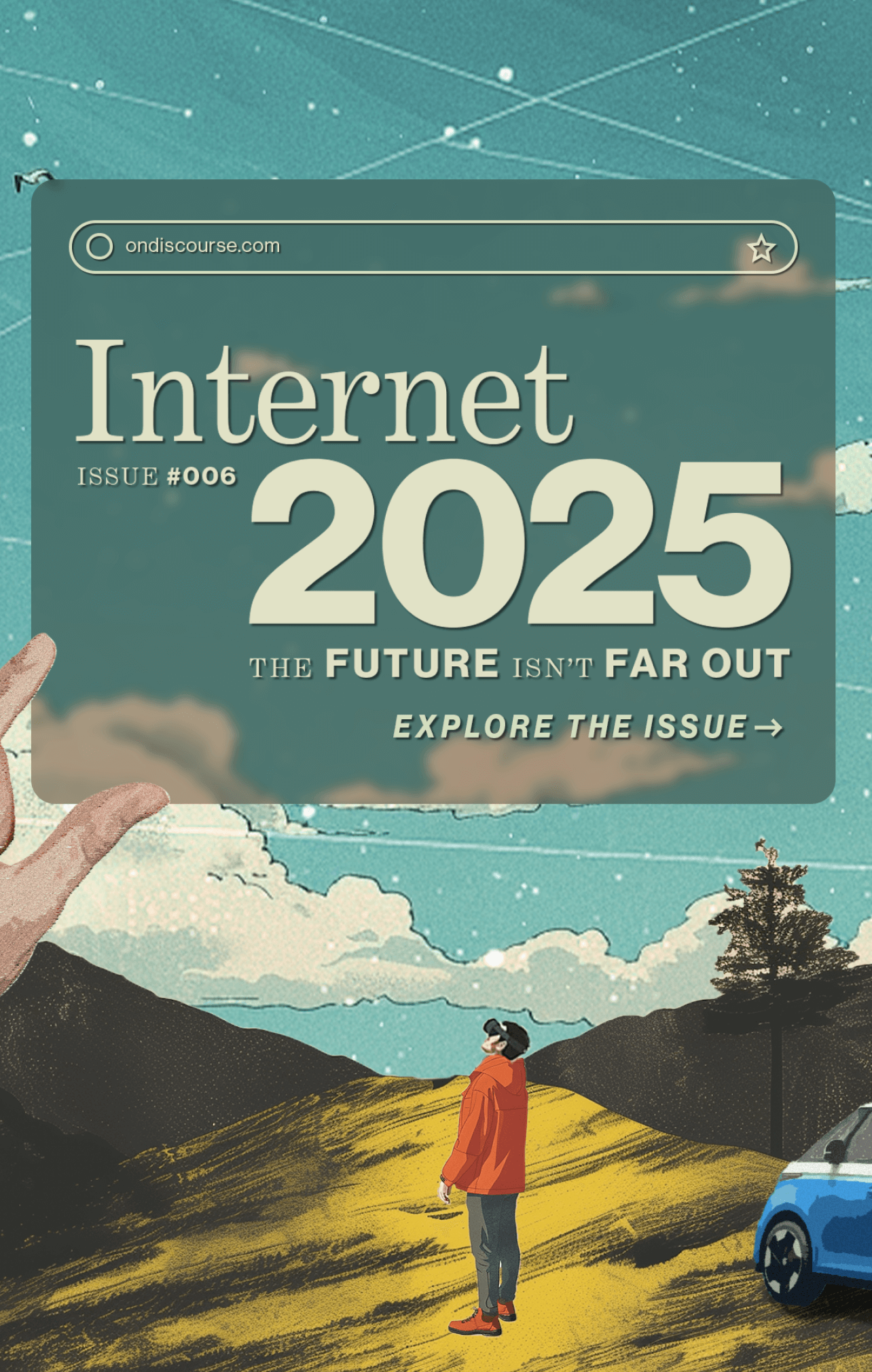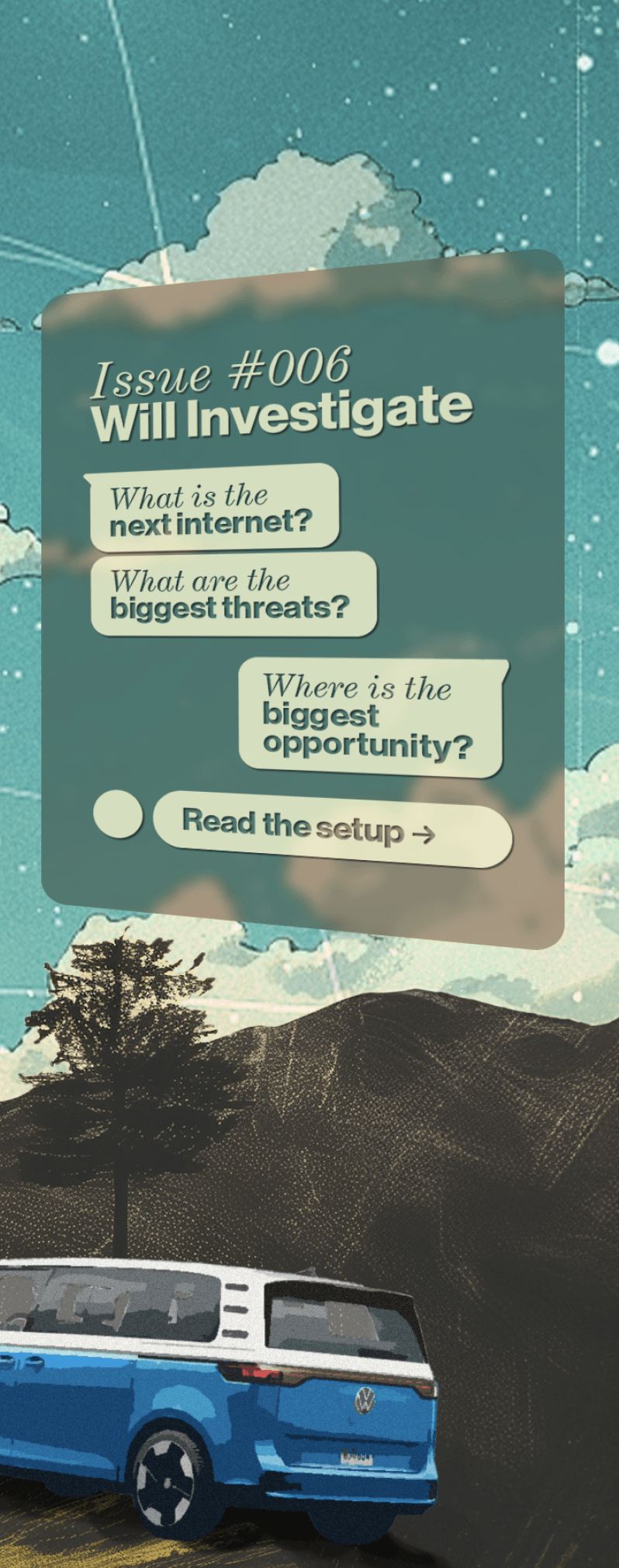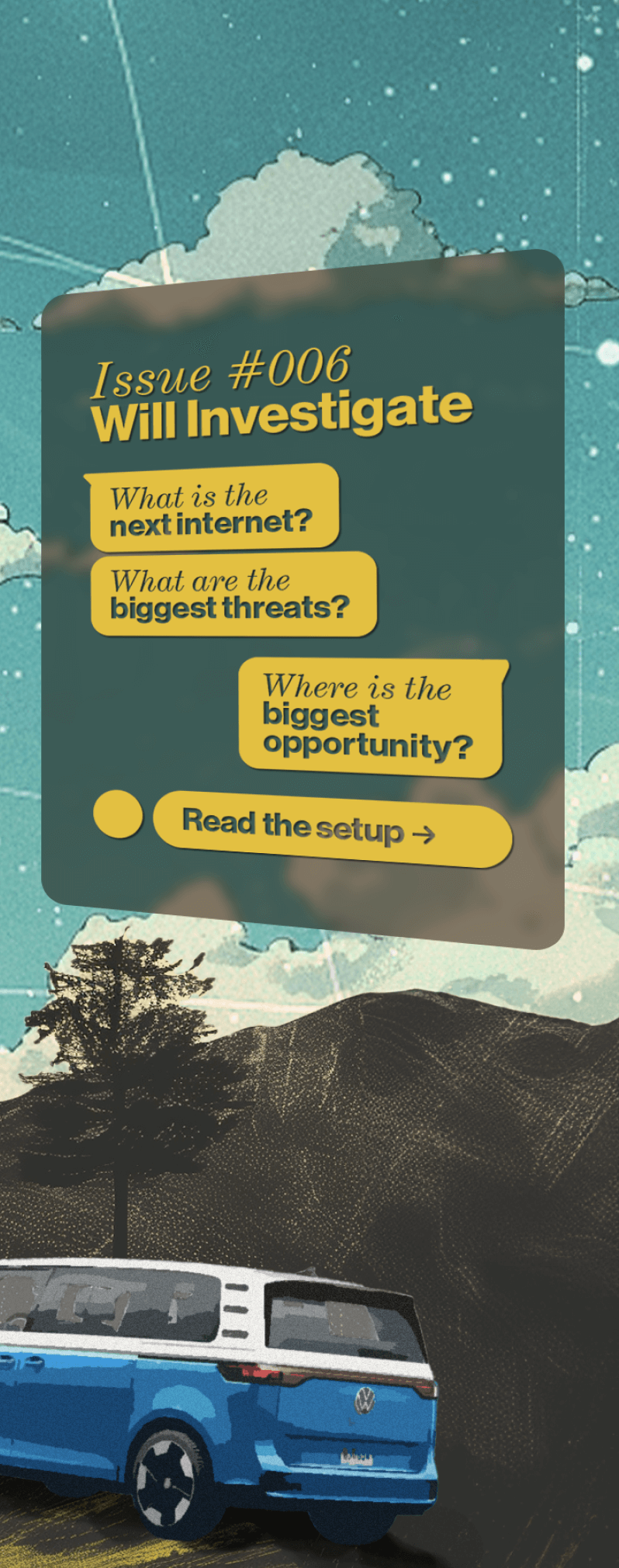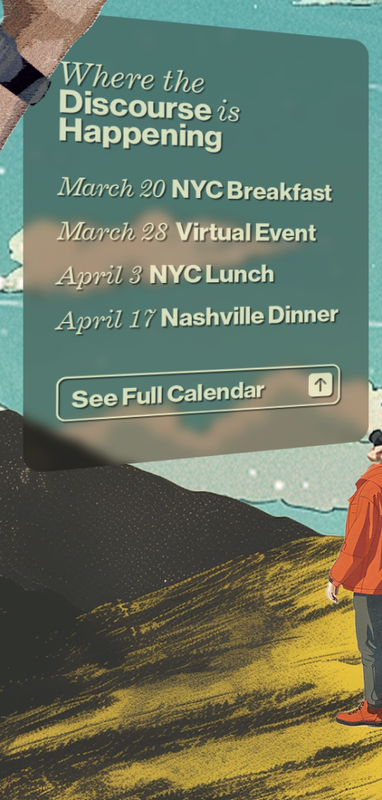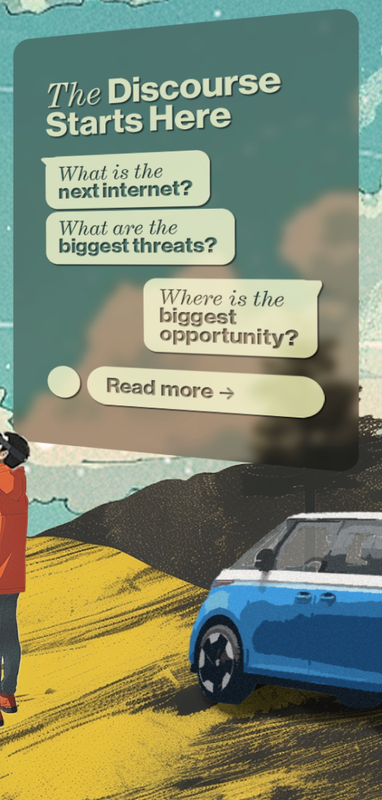RSS Feeds Are the Solution to Really Bad Search and Social Trends

The future of media comes from the past
Editor’s note: The following perspective opened our minds. We had no idea that RSS feeds were ever going to resume any relevance in the next internet. One of the underappreciated aspects of this feature is that each individual RSS feed can eventually be trained to deliver only hyper-personal content from a singular, trusted newsroom.
This post was written by a human and narrated by an AI-generated voice. (powered by Wondercraft.ai).
I ran a major tech publication for over a decade. I recently left that role and that platform to start a new media venture. My new venture is very different. The old site was huge; my startup is not. My old site drew 10M monthly uniques from search and social channels; my startup has terrible SEO and a light social presence. The old site ran ads; the startup runs a paywall. Like I said: different.
I designed the startup to thrive in the next internet, which will feel smaller than the social web. Audience will matter more than traffic; subscriptions will matter more than ads; and reporting will matter more than managing. The most successful media brands will be closer to the work, closer to the audience, and largely disengaged from platforms. The next internet will be built for direct relationships between brands and audiences. This is why my startup resurrected the RSS feed.
Personalized RSS
The newsletter trend that sparked during the pandemic signaled an important trend: people want to get their content directly from the source. We found a new way to capitalize on this trend by leveraging and stretching a technology that is 25 years old. While the RSS feed still thrives as a podcast distribution channel (listen wherever you get your podcasts), its ability to distribute text-based content has not evolved much, until now.
In order to modernize this tech, we had to create a way to monetize the RSS feed. It was surprisingly complicated to find a way to gate the RSS feed so that it could not be leaked and shared among non-subscribers. We had to find two separate companies that could create personalized RSS feeds at scale, and then sync them with paid customer IDs in our CMS. As far as we know, this is the first text-based, subscriber-gated, personalized RSS feed from a publication. The individual feed stops once a subscription is canceled and we are notified if a personalized feed is accessed by hundreds of different devices and IP addresses.
It’s old tech, but it resonated with users. It helped us generate a lot of new subscribers who reported being very happy with this service. They can now find our material much more easily without having to come to our website and without having to deal with the roll of the dice as to whether they will see it on social platforms because all of the socials are just so crowded and desperate right now.
While the RSS feed still thrives as a podcast distribution channel, its ability to distribute text-based content has not evolved much, until now.
Diminishing Social
Regarding social platforms: I think the platforms are already starting to become completely unusable. Really middling, low-effort, shitty AI content is flooding the platforms, making discoverability a huge issue. This trend is not going to stop; it will keep getting worse.
When you log on to Facebook right now you are inundated with weird AI generated images that Facebook seemingly has no idea how to moderate or how to prevent from going viral. Google is constantly tweaking its algorithm, but it’s often pushing stuff that people don’t want to see. And I have yet to see an AI news summary that doesn’t lose some context.
A New Ecosystem
The media ecosystem is going to split into 3 tiers: the massive media companies like the New York Times are going to offer mass coverage of everything; the middling mass of AI-generated content that is created by bots for bots for programmatic ads; and the small, independent media companies that have direct relationships with audiences.
In this ecosystem there is going to be a market for things that are distinctly human-created

